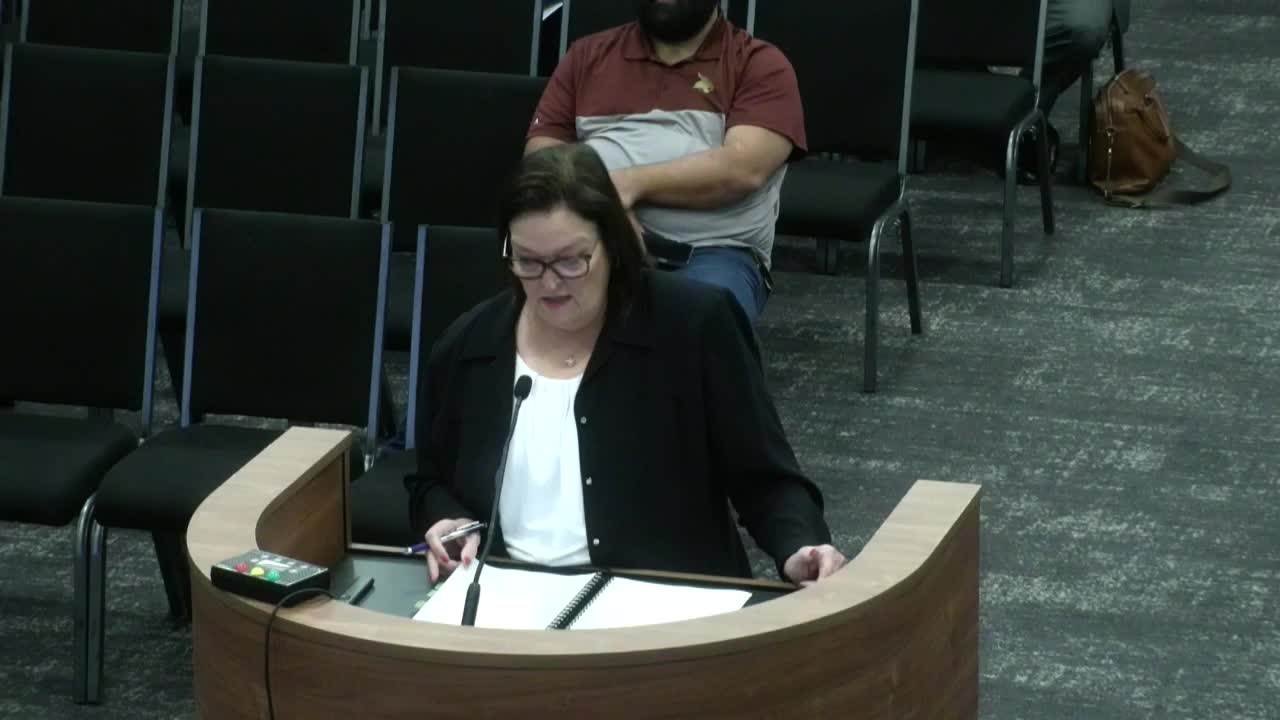TxDOT presents evidence on roundabouts; Hutto council directs staff to adopt Intersection Control Evaluation process
October 16, 2025 | Hutto, Williamson County, Texas
This article was created by AI summarizing key points discussed. AI makes mistakes, so for full details and context, please refer to the video of the full meeting. Please report any errors so we can fix them. Report an error »

Representatives from the Texas Department of Transportation briefed the Hutto City Council on Oct. 16 about the ICE (Intersection Control Evaluation) process and the safety and operational performance of roundabouts and alternative intersection designs.
Matthew Barland and Mark (last name not provided) from TxDOT described the ICE approach — an analytical process that compares viable intersection control options (signals, roundabouts, displaced lefts, restricted turns and others) and selects the option that is expected to produce the lowest fatal and serious‑injury crash rate while meeting operational needs. TxDOT presented crash‑reduction studies and said modern roundabouts can reduce fatal-and-injury crashes compared with signalized or stop‑controlled intersections by large percentages in many cases.
Speakers stressed design elements that distinguish modern roundabouts from older traffic circles: deflected entry curvature to reduce approach speed, splitter islands and truck aprons so larger vehicles can circulate, and pedestrian refuge areas to shorten crossings. TxDOT staff acknowledged tradeoffs — engineering complexity, higher upfront right‑of‑way or construction cost for some locations, and a public‑education need for driver adaptation — and offered training and design resources for local agencies.
After the presentation councilmember discussion returned to a separate item on ICE. Council voted unanimously to direct staff to proceed with implementing the ICE process for intersections as recommended by FHWA and TxDOT when evaluating intersection projects in Hutto.
TxDOT offered to provide follow‑up technical assistance and training on roundabout design and the ICE analysis to city staff and engineers.
Matthew Barland and Mark (last name not provided) from TxDOT described the ICE approach — an analytical process that compares viable intersection control options (signals, roundabouts, displaced lefts, restricted turns and others) and selects the option that is expected to produce the lowest fatal and serious‑injury crash rate while meeting operational needs. TxDOT presented crash‑reduction studies and said modern roundabouts can reduce fatal-and-injury crashes compared with signalized or stop‑controlled intersections by large percentages in many cases.
Speakers stressed design elements that distinguish modern roundabouts from older traffic circles: deflected entry curvature to reduce approach speed, splitter islands and truck aprons so larger vehicles can circulate, and pedestrian refuge areas to shorten crossings. TxDOT staff acknowledged tradeoffs — engineering complexity, higher upfront right‑of‑way or construction cost for some locations, and a public‑education need for driver adaptation — and offered training and design resources for local agencies.
After the presentation councilmember discussion returned to a separate item on ICE. Council voted unanimously to direct staff to proceed with implementing the ICE process for intersections as recommended by FHWA and TxDOT when evaluating intersection projects in Hutto.
TxDOT offered to provide follow‑up technical assistance and training on roundabout design and the ICE analysis to city staff and engineers.
View the Full Meeting & All Its Details
This article offers just a summary. Unlock complete video, transcripts, and insights as a Founder Member.
✓
Watch full, unedited meeting videos
✓
Search every word spoken in unlimited transcripts
✓
AI summaries & real-time alerts (all government levels)
✓
Permanent access to expanding government content
30-day money-back guarantee

